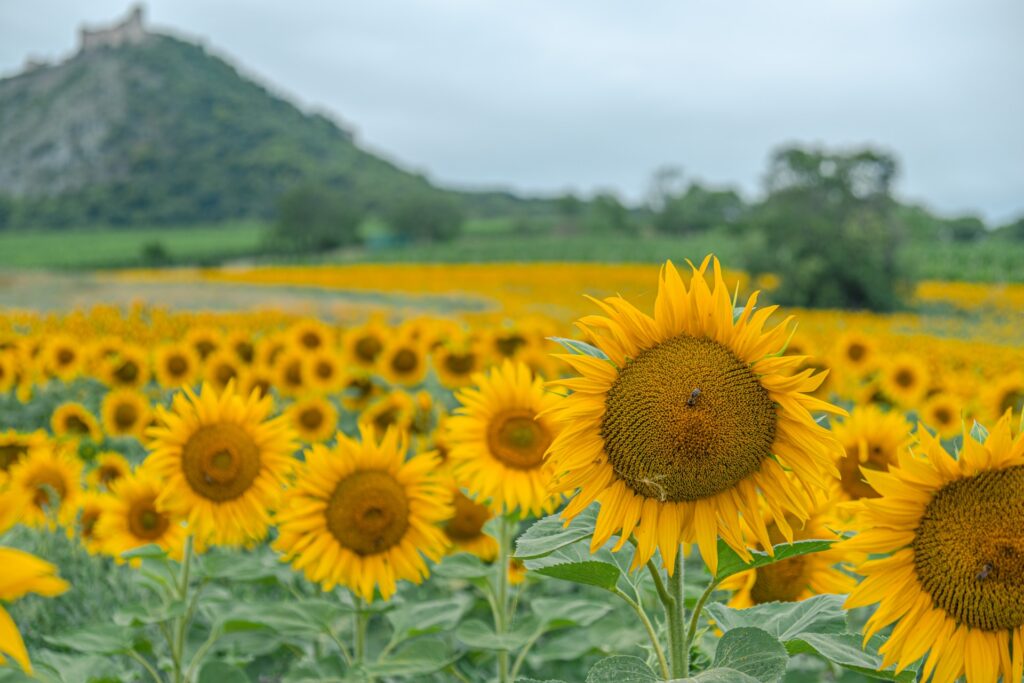
Alexander Pavlov’s quest for artistic excellence led him to formal education in renowned art institutions, where he refined his skills under the guidance of seasoned mentors. The influences of his educational journey played a crucial role in shaping his approach to hyperrealism, a style characterized by an exacting attention to detail and a commitment to capturing the essence of the subjects.
Artistic Evolution: The Hyperrealistic Style:
At the heart of Alexander Pavlov’s art lies the mesmerizing realm of hyperrealism. His paintings, rendered with an almost photographic precision, invite viewers to a visual experience where the line between reality and illusion is beautifully blurred. The hyperrealistic style employed by Pavlov involves meticulous attention to detail, a mastery of light and shadow, and an unwavering dedication to achieving an unparalleled level of realism.
Notable Works: A Gallery of Life’s Moments:
Pavlov’s hyperrealistic oeuvre is a gallery of life’s moments frozen in time. Whether capturing the play of light on a dew-kissed flower, the wrinkles of a weathered face, or the reflective sheen of rain-soaked streets, each painting is a testament to Pavlov’s ability to breathe life into the canvas. Notable works such as [insert specific artworks] exemplify his mastery of the hyperrealistic genre, inviting viewers to marvel at the intricacies of everyday scenes.
Techniques and Methodology:
The creation of hyperrealistic art demands a meticulous approach and a profound understanding of artistic techniques. Alexander Pavlov employs a range of methods, including layering, precise brushwork, and an acute awareness of color dynamics. His use of multiple layers and glazes allows him to achieve a depth and luminosity that adds to the lifelike quality of his paintings.
Challenges and Rewards of Hyperrealism:
While hyperrealism offers an unparalleled avenue for artistic expression, it comes with its set of challenges. The precision required to replicate reality demands an extraordinary level of skill and patience. Yet, for artists like Pavlov, the rewards are equally profound. Hyperrealistic paintings serve as portals, inviting viewers to engage with the art on a visceral level, fostering a connection that transcends the canvas.
Exhibitions and Critical Acclaim:
The impact of Alexander Pavlov’s hyperrealistic works reverberates in the halls of prestigious exhibitions and galleries. His paintings have garnered critical acclaim for their ability to evoke emotions, prompt introspection, and transport viewers to the heart of the scenes depicted. Recognition in the form of awards and accolades underscores Pavlov’s standing as a luminary in the realm of hyperrealistic art.
Philosophy and Inspirations:
Embedded within Pavlov’s hyperrealistic canvases is a philosophy that celebrates the beauty of the ordinary. His inspirations often draw from the landscapes of everyday life, where mundane moments become extraordinary through the lens of hyperrealism. Pavlov’s art speaks to the universality of human experiences, inviting viewers to rediscover the profound in the seemingly mundane.
Legacy and Future Prospects:
As Alexander Pavlov continues to push the boundaries of hyperrealism, the question of legacy arises. His body of work, marked by its emotional resonance and technical brilliance, positions him as a torchbearer of the hyperrealistic movement. The trajectory of Pavlov’s artistic journey promises to inspire future generations, leaving an enduring legacy that will continue to captivate and challenge the artistic community.
Conclusion:
In the hyperrealistic realm crafted by Alexander Pavlov, each stroke of the brush becomes a testament to the power of observation and the transformative potential of art. Born in 1963 in Donetsk, Pavlov’s journey from a city marked by industry to the international stage of hyperrealism speaks to the universality of his vision. As we immerse ourselves in the captivating realism of his paintings, we witness the alchemy of an artist who, with unwavering skill and profound insight, transforms the canvas into a mirror reflecting the beauty of the world around us.

